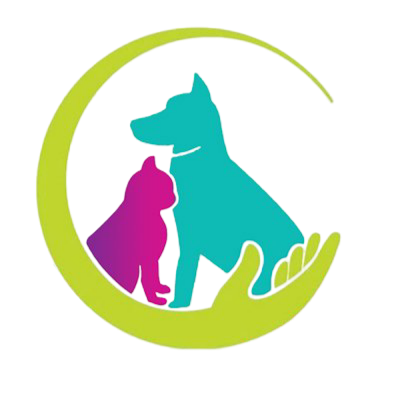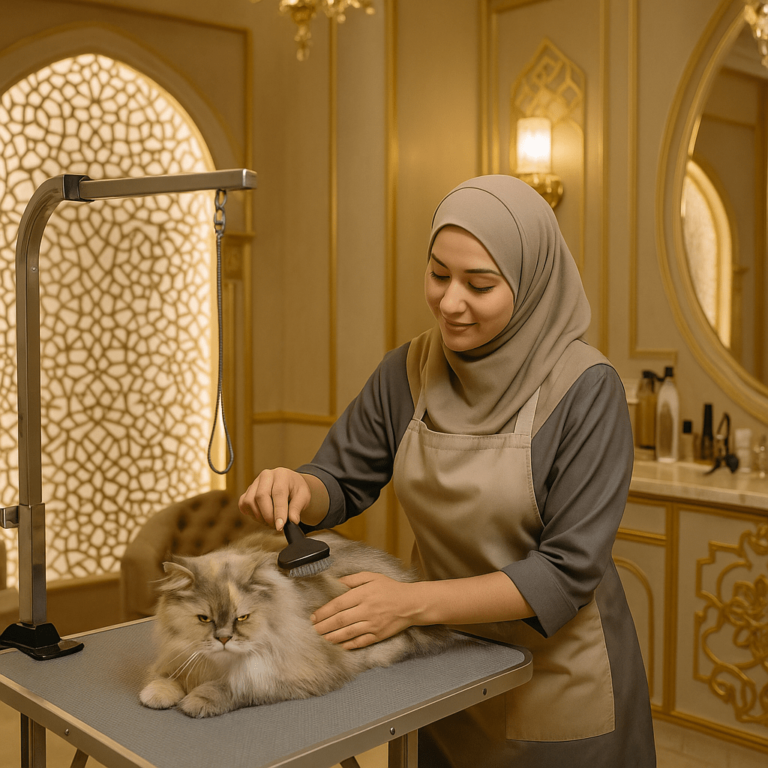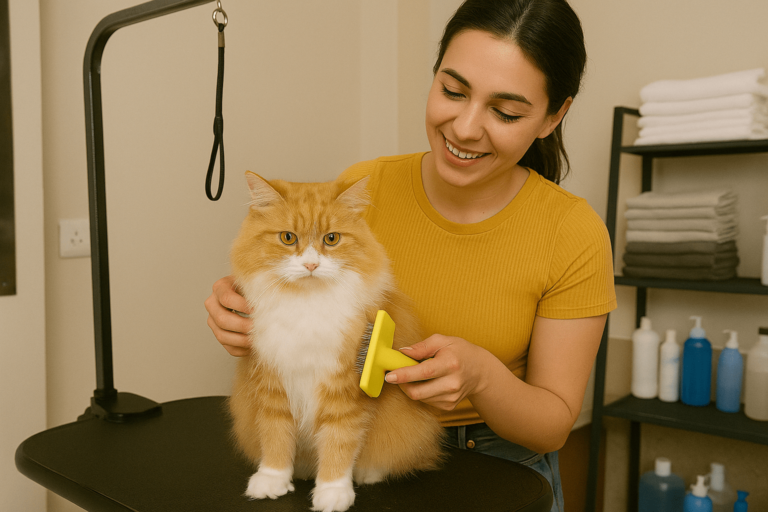
Grooming Dogs
Maintaining the health and looks of your dog depends on regular coat brushing. Whether your Beagle has short hair or a fluffy Samoyed, correct brushing methods will help to minimize matting, lower shedding, and build your relationship with your animal buddy. This thorough instruction will coach you through the efficient brushing of your dog’s coat.
Why Should One Regularly Brush?
Brushing your dog’s coat serves purposes beyond only maintaining their best appearance. Frequent grooming sessions have several advantages:
Spreads natural oils all over the coat, so encouraging healthy fur and skin.
Removes dirt, loose fur, and trash, stopping uncomfortable matting and tangling.
Helps to early identify skin problems or parasites; it also lessens the dog hair around your house.
Generates great connection opportunities with your pet.
Basic Instruments for Grooming
Before you start, collect the correct instruments for the particular coat type of your dog:
For dogs with short hair:
Bristle Brush
Rubber curry brushes
Grooming mitt
Regarding dogs with medium to long hair:
Metal comb
Slicker brush
Dematting instrument
Pin brush
Detangling spray (optional)
Step-by-Step Brushing Handbook
1. Prepare Your Dog First
Choose a calm, cozy spot where your dog will be at ease first. Set them on a non-slip surface and treat them to establish a good link with grooming time. Before starting, let them sniff and probe the brushes.
2. Examine Mats and Tangles
Run your fingertips lightly over your dog’s coat to find any trouble spots. Pay particular attention to:
Beneath the ears
Under the collar
Belly
Underarm
Undercoat
Tail area
Behind legs
3. Get Started Brushing
Starting in the direction of hair growth, work in little sections:
Begin with a slicker brush for long-haired dogs or a bristle brush for short-haired dogs.
Apply steady, light strokes.
Work from head to tail, focusing especially on regions likely to mat.
Periodically reward your dog with treats and compliments.
4. Examine Problem Areas
Should you run upon matting or tangles:
Hold the fur against the skin to avoid pulling.
Work carefully through the tangle with a comb or dematting tool.
Use detangling spray as advised if needed.
Never cut mats with scissors, as this could hurt your dog.
5. Last Notes of Finishing
Finish the grooming session with:
One more go over using a metal comb to gather any last tangles.
Remove loose fur with a brisk brushstroke using a rubber curry brush.
An exhaustive skin inspection looking for any anomalies.
Many compliments and rewards for your patient pet.
Brushing Frequency Recommendations
Varied coats call for varied brushing times:
Short-haired breeds: One to two times weekly.
Medium-length coats: Two to three times weekly.
Extended or thick coats: Daily brushing.
Double-coated hybrids: Three to four times a week, more during shedding seasons.
Expert Support
Although consistent at-home brushing is important, especially for dogs with high-maintenance coats, think about making professional grooming sessions every six to eight weeks. Expert groomers can:
Give a complete brushing and cleaning.
Manage challenging matting.
Maintain the correct length of your coat.
Take care of specific grooming requirements.
Common Errors to Steer Clear Of
Brushing a coat that is wet or muddy.
Exerting too much force.
Ignoring small mats until they get severe.
Choosing incorrect instruments for your dog’s coat type.
Rushing through the procedure.
Ignoring the need to reward and praise.
Last Notes for Success
Schedule regular brushing on your calendar.
Keep sessions brief and friendly.
Always be aware of skin problems; routinely clean your brushes.
Be consistent and patient.
Recall that consistent brushing is an investment in your dog’s welfare and general condition. Grooming time may become a fun bonding activity for you and your pet with patience and effort.





